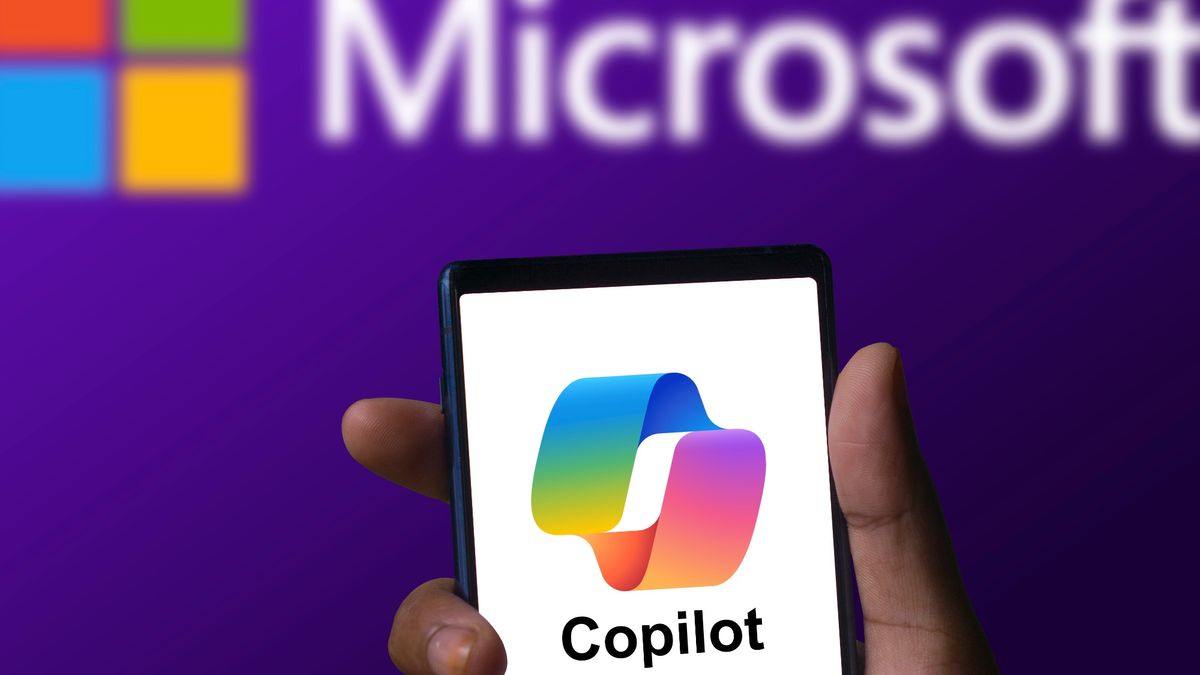Microsoft has launched Phi-3 Mini. This AI model unveiled as part of Microsoft’s ongoing efforts to develop lighter-weight AI solutions.

Also Read: China’s Data Centres and AI will Drink More Water than South Korea by 2030
Phi-3 Mini has wide range of specifications. With 3.8 billion parameters, this powerhouse is trained on a dataset tailored to its compact size making it an ideal choice for applications where efficiency is paramount.
Phi-1 and Phi-2, make the way for this evolution with Phi-3 Mini now surpassing them in both capability and performance.
The model has been tested against academic benchmarks and internal standards, showing its ability to rival larger counterparts such as “Mixtral 8x7B” and even the formidable “GPT-3.5”.
With a rating of 69% in massive multitask language understanding (MMLU) and a commendable 8.38 in multi-turn (MT) benchmarks.
Microsoft leveraged heavily filtered web and synthetic data to train the model, ensuring optimal performance across a range of tasks.
Microsoft acknowledges that every model has its limitations. Due to its size, Phi-3 Mini is fundamentally limited in its capacity to store factual knowledge.
The company remains undeterred addressing that this weakness can be tackled through augmentation with a search engine.
Input from various internal teams was leveraged to curate additional datasets, tailored to address specific insights and tackle potential risks. This approach has resulted in a decrease in harmful response rates.
As smaller AI models continue to gain traction, businesses are presented with new opportunities to leverage AI in a cost-effective and efficient manner.
Phi-3 Mini’s availability on platforms such as Azure, Hugging Face, and Ollama further enhances its accessibility, empowering organizations to harness the power of AI for applications.
While competitors offer their own small AI models, Microsoft’s emphasis on performance, efficiency, and responsible AI sets Phi-3 Mini apart from the rest.
With its ability to excel in language, coding, and math tasks, Phi-3 Mini is to disrupt traditional paradigms and redefine the future of AI.
Also Read: Microsoft’s VASA-1: Image to Video AI Model Which Creates Realistic Videos
According to Eric Boyd corporate vice president of Microsoft Azure AI Platform, Phi-3 Mini is more than just a smaller version of its previous version, it’s a powerful tool in its own right.
Boyd asserts that Phi-3 Mini is on par with larger language models in terms of capability despite its smaller form factor.
Unlike their larger counterparts which may require huge computing power and resources to operate, small AI models are more cost-effective and perform better on personal devices such as smartphones and laptops.
This makes them ideal for a wide range of applications from content creation to social media post generation.
Unlike traditional AI models which are typically trained on vast datasets comprised of sources of information, Phi-3 Mini draws inspiration from a different source, bedtime stories.
Developers at Microsoft employed a “curriculum” approach, similar to how children learn from simple stories, to train Phi-3 Mini.
By focusing on a curated list of words and phrases, Phi-3 Mini was able to learn and adapt in a more targeted manner.
Phi-3 Mini has already showed its prowess across a variety of benchmarks. With a rating of 69 percent in massive multitask language understanding (MMLU) and a score of 8.38 in multi-turn (MT) benchmarks, Phi-3 Mini has proven its mettle in real-world scenarios.
With Phi-3 Mini now available on Azure, Hugging Face, and Ollama, businesses and developers have access to AI technology that can drive innovation and unlock new possibilities.
Also Read: Huawei Watch Fit 3: Apple Inspired Smartwatch




/cdn.vox-cdn.com/uploads/chorus_asset/file/24347781/STK095_Microsoft_03.jpg)
















